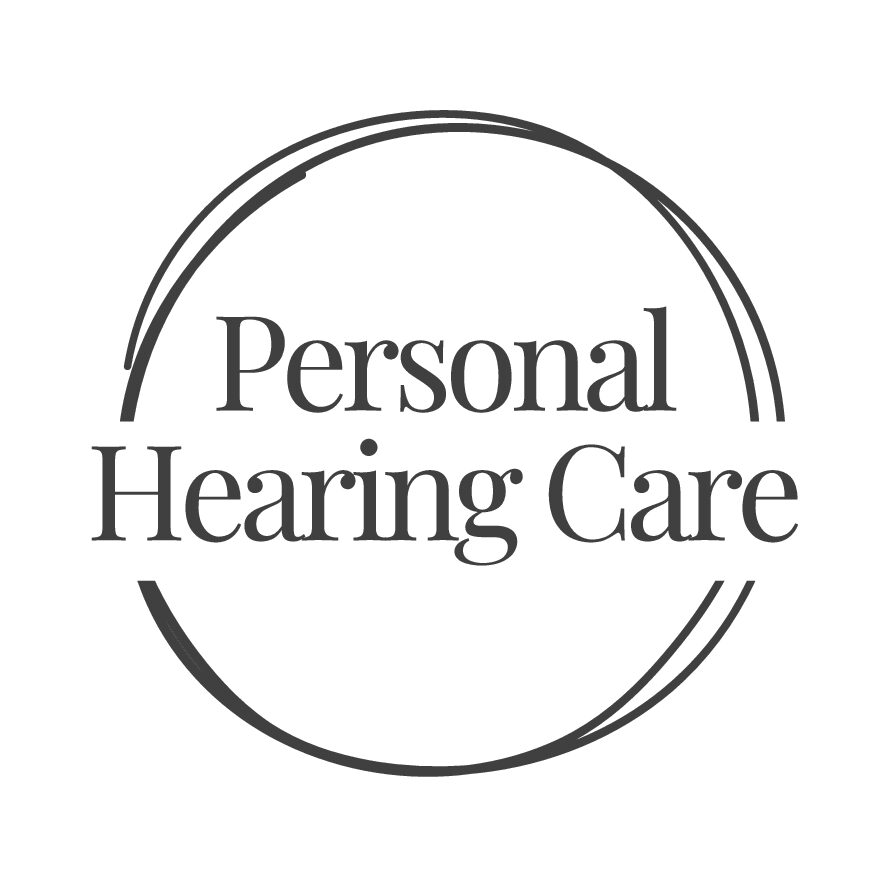There’s nothing more frustrating than relying on hearing aids only to find they don’t work as expected. Conversations become muffled, important details are missed, and frustration builds with each passing moment. While hearing aids are powerful tools, they aren’t perfect, and knowing what to do when they fail can significantly impact the situation.
Everyday challenges like background noise, weak batteries, or improper fit can make even the best devices seem ineffective. Adjustments and troubleshooting can often solve the issue, but a different approach is sometimes necessary. Understanding the common pitfalls and solutions can help restore confidence in hearing ability and improve daily interactions.
Check the Basics First
Before assuming the worst, simple fixes should be the first step. A weak battery, clogged tubing, or misplaced settings can make a hearing aid seem ineffective. Replacing batteries, cleaning components, and adjusting volume levels often resolve common issues.
If the device still underperforms, checking the user manual for troubleshooting tips can be helpful. Many hearing aids have reset functions that restore them to optimal performance. Regular maintenance ensures they function properly and provide the best sound quality.
Evaluate the Fit and Comfort
An improper fit can make a hearing aid uncomfortable and reduce effectiveness. If a device is too loose, it may not capture sound correctly, while a tight fit can cause discomfort or feedback noise. A professional adjustment can make a significant difference in both comfort and performance.
Ears naturally change shape over time, impacting how a hearing aid fits. Custom molds or new earpieces may be needed to maintain a secure and comfortable fit. Scheduling regular checkups helps ensure the device remains properly fitted.
Reduce Background Noise Challenges
Crowded spaces and noisy environments can overwhelm hearing aids, making conversations difficult. Advanced models often have directional microphones and noise reduction settings that help filter unwanted sounds. Adjusting these features can improve clarity in challenging situations.
For older models, external accessories like remote microphones can help focus on speech rather than background noise. Choosing quieter restaurant seating areas or using hearing loop systems in public spaces can also enhance listening experiences. Small changes can have a big impact on how well sounds are perceived.
Use Assistive Listening Devices (ALDs)
Hearing aids work well in many situations, but additional tools can enhance their effectiveness. Devices like TV streamers, amplified phones, and personal FM systems help bridge gaps in hearing ability. These tools provide direct audio input, reducing interference from background noise.
Pairing assistive listening devices with hearing aids can improve communication in challenging settings. Many public spaces offer hearing loops and captioning services that further enhance accessibility. Taking advantage of these resources can make daily interactions much easier.
Schedule a Hearing Health Exam
If hearing aids seem less effective, a hearing health exam may reveal underlying issues. Changes in hearing ability can affect how well devices perform, requiring adjustments to settings or prescriptions. Regular exams help ensure that hearing aids are programmed for current needs.
A hearing health professional can identify whether medical conditions, wax buildup, or other factors impact hearing aid performance. Addressing these concerns early can prevent further frustration.

